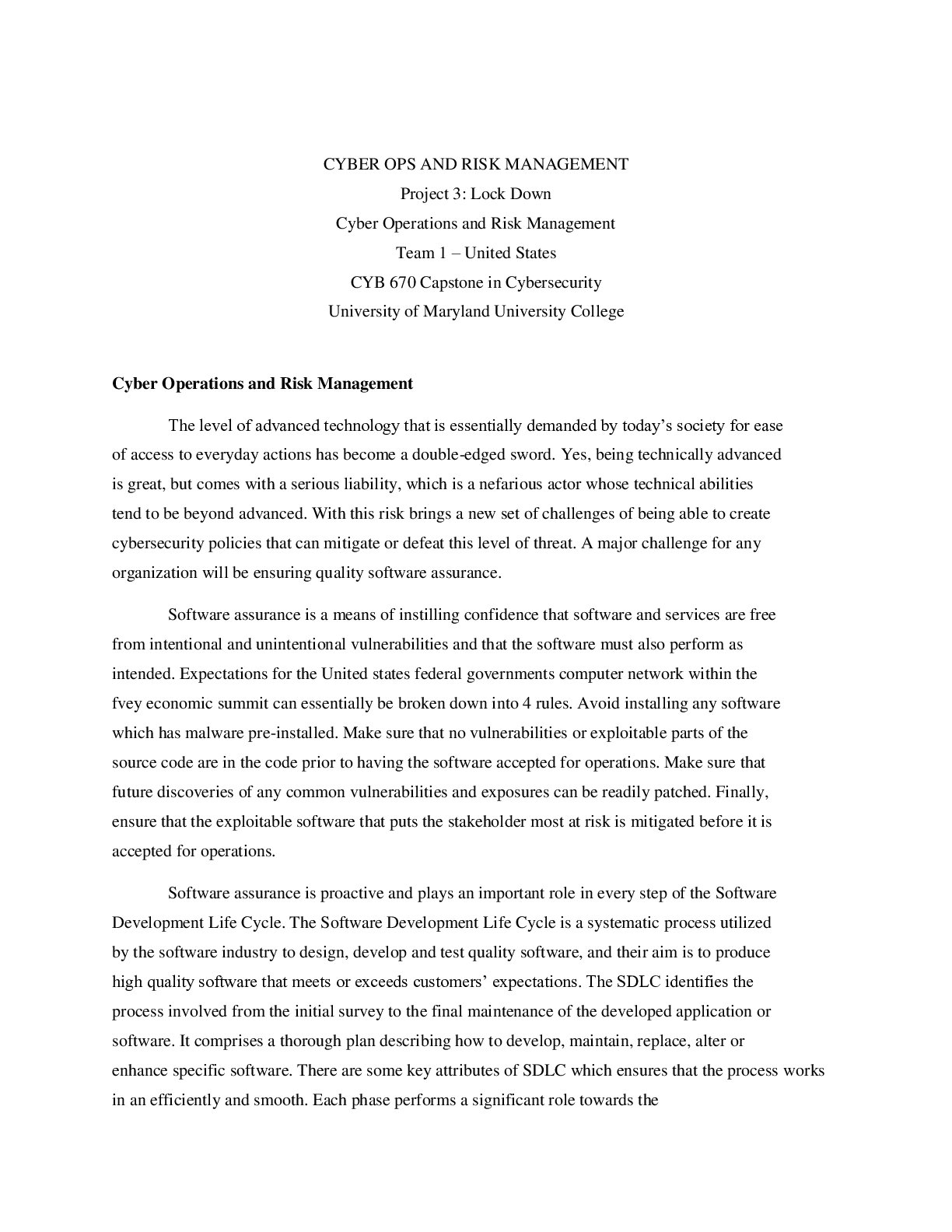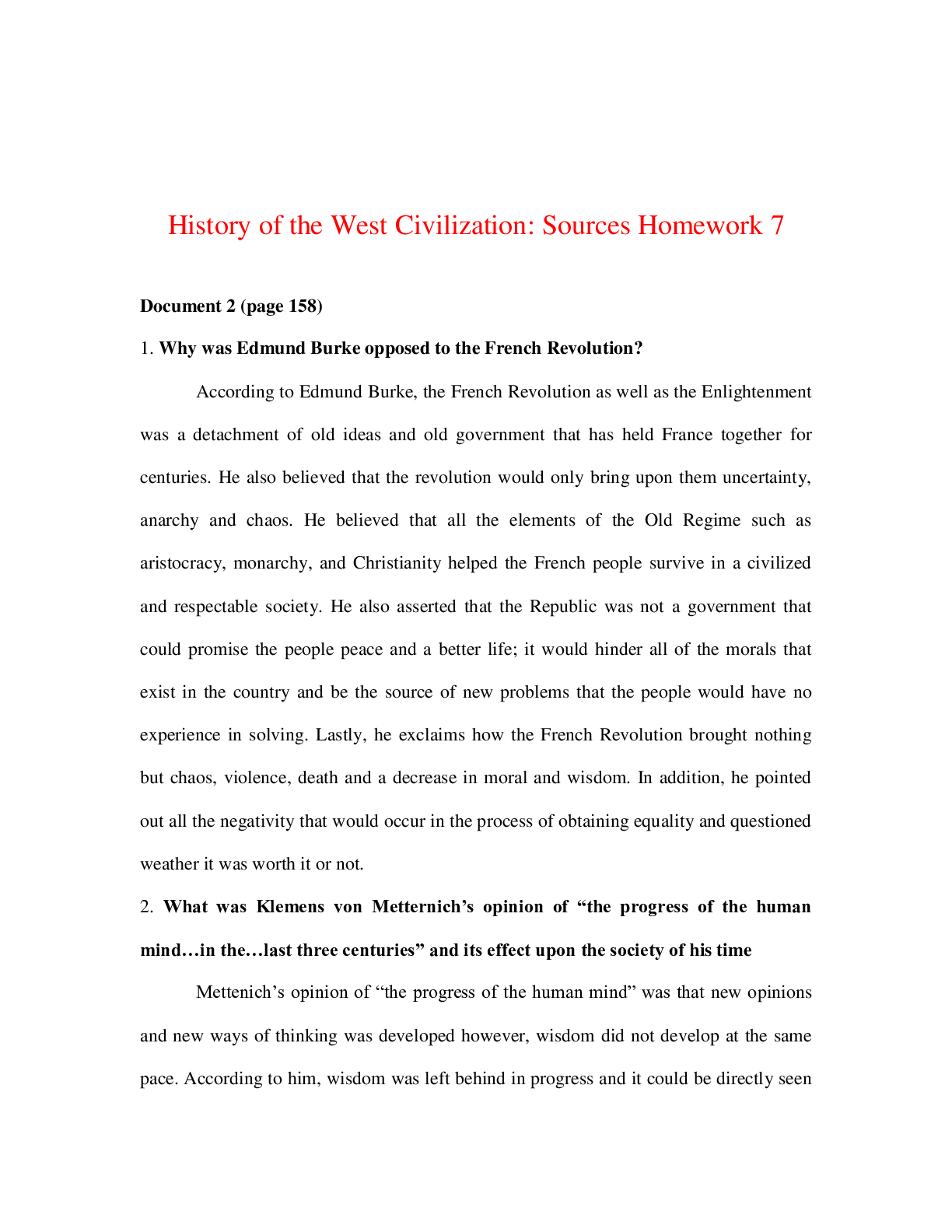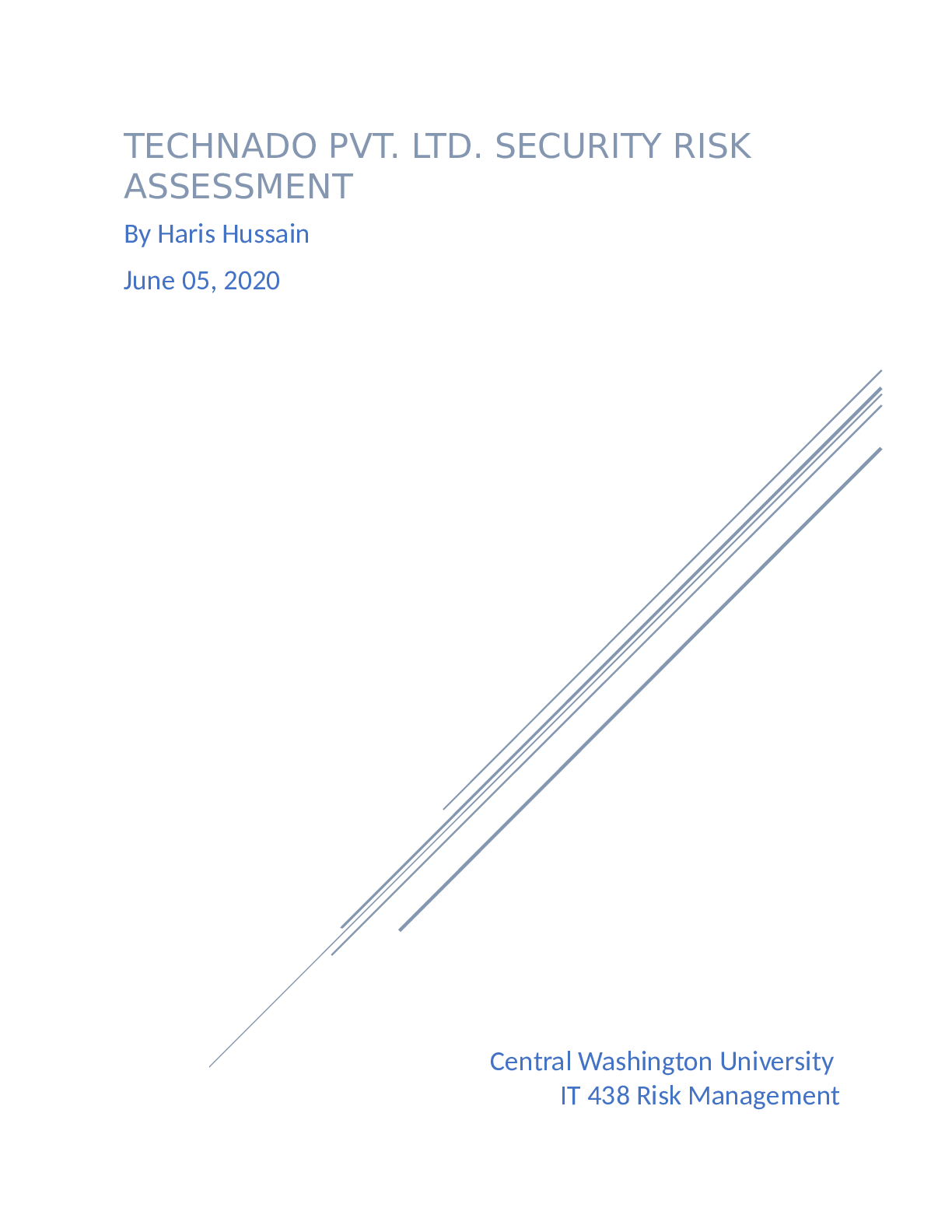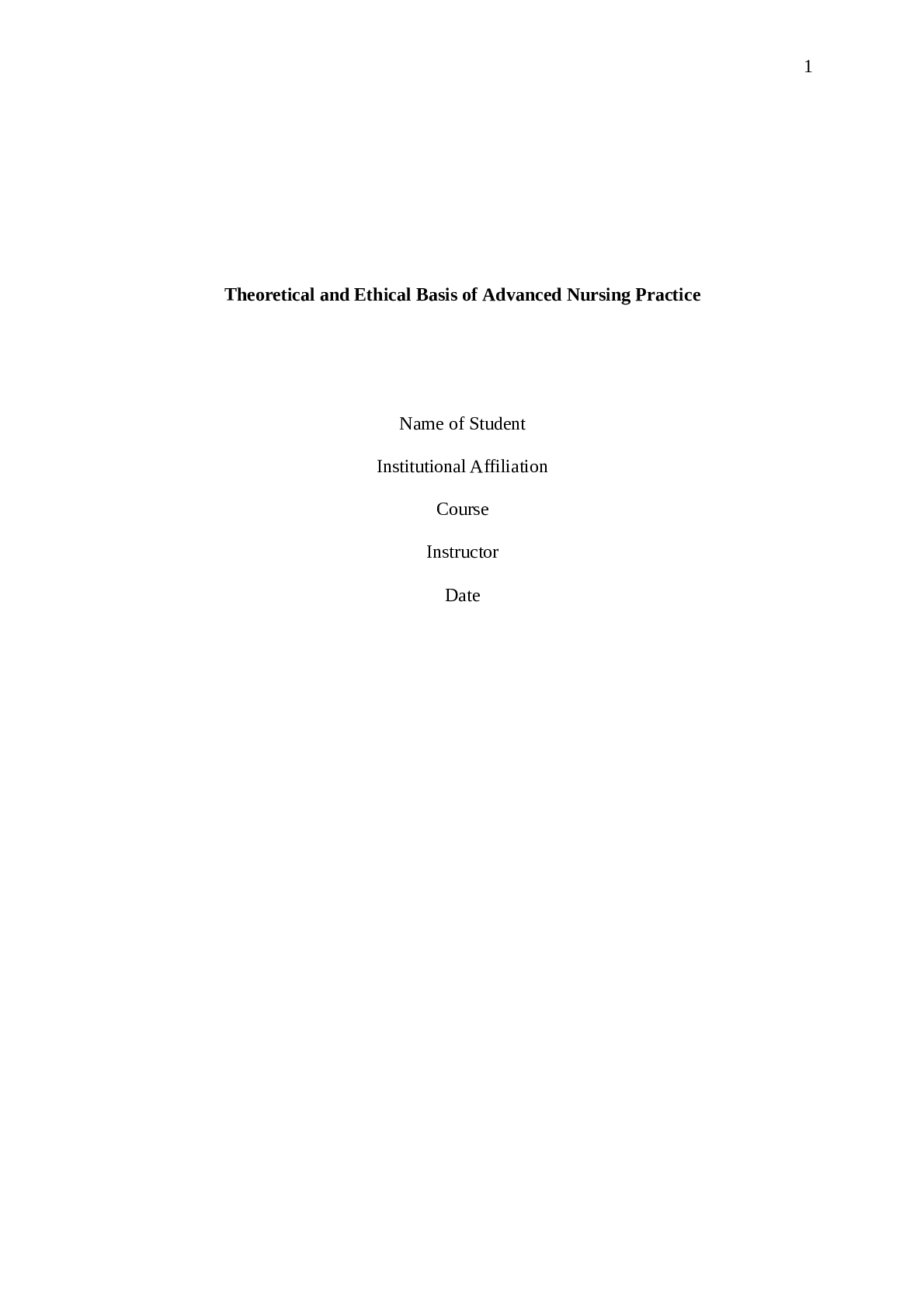History > Research Paper > Discriminatory Penalty at the intersection of race and gender | How black American women suffer from (All)
Discriminatory Penalty at the intersection of race and gender | How black American women suffer from both gender discrimination and race discrimination (double discrimination)
Document Content and Description Below
There are substantial hourly wages and annual salary gaps (henceforth wages) across race and gender.3 As expected, our research finds that white men attain the highest average wages. We then observe... that white women receive the highest wages after white men, with hourly wages that are 78 percent of those received by white men. This gender wage gap is exacerbated when we analyze annual wages as opposed to hourly wages, with white women receiving only 69 percent of the annual wages received by white men. Our results are confined to workers that are employed for pay, and thus the more pronounced differences in annual wages may reflect greater hours worked and fewer bouts of unemployment for white men. It is important to understand that the theme of intersectionality is the driving force which gives this film its content and structure. Legal scholar Kimberlé Crenshaw was the one who coined and popularized the term, which is a concept described by Gill Valentine as “the way in which any particular individual stands at the crossroads of multiple groups” (Valentine 12). Therefore, it ought to be reasonable to suggest that “someone at the intersection of three systems of oppression—a disabled black woman, for example— would be more oppressed than a black woman who was considered to be at the intersection of only two” (Valentine 13) Hidden Figures personifies these ideas by showing how culminating experiences of white women and black men cannot account for the experiences of black women. As mentioned above, intersectionality surfaces in the film’s content due to the plot of the film being about how black women not only had to overcome bigotry during the film’s hostile setting (Virginia in 1961), but also the sexism still present despite the women’s rights movement in the 1920s. Moreover, intersectionality surfaces in the film’s structure for director Theodore Melfi and writer Allison Schroeder knew that they would need to show the differing aspects of racism and sexism and how they accumulate and provide the experiences felt by the three protagonists of the film. In order to illustrate how the theme of intersectionality surfaces in the film content and structure, three differencing plot lines will be considered. The first will involve Dorothy Vaughan’s and Vivian Mitchell’s plotline [Show More]
Last updated: 7 months ago
Preview 1 out of 3 pages

Buy this document to get the full access instantly
Instant Download Access after purchase
Buy NowInstant download
We Accept:

Reviews( 0 )
$7.00
Can't find what you want? Try our AI powered Search
Document information
Connected school, study & course
About the document
Uploaded On
Nov 16, 2019
Number of pages
3
Written in
Additional information
This document has been written for:
Uploaded
Nov 16, 2019
Downloads
0
Views
141













